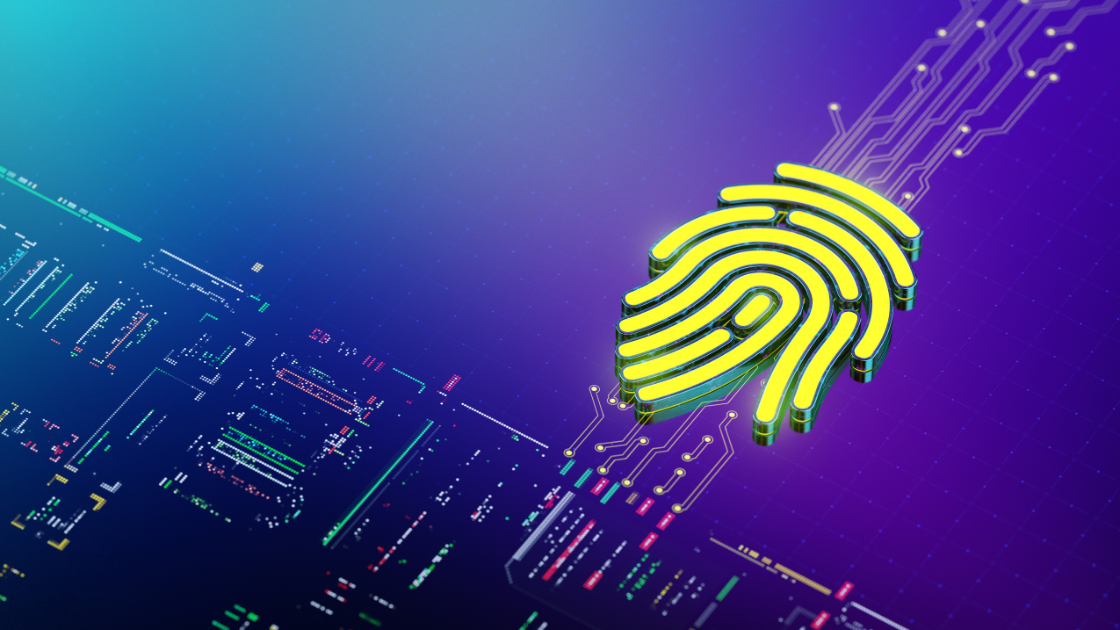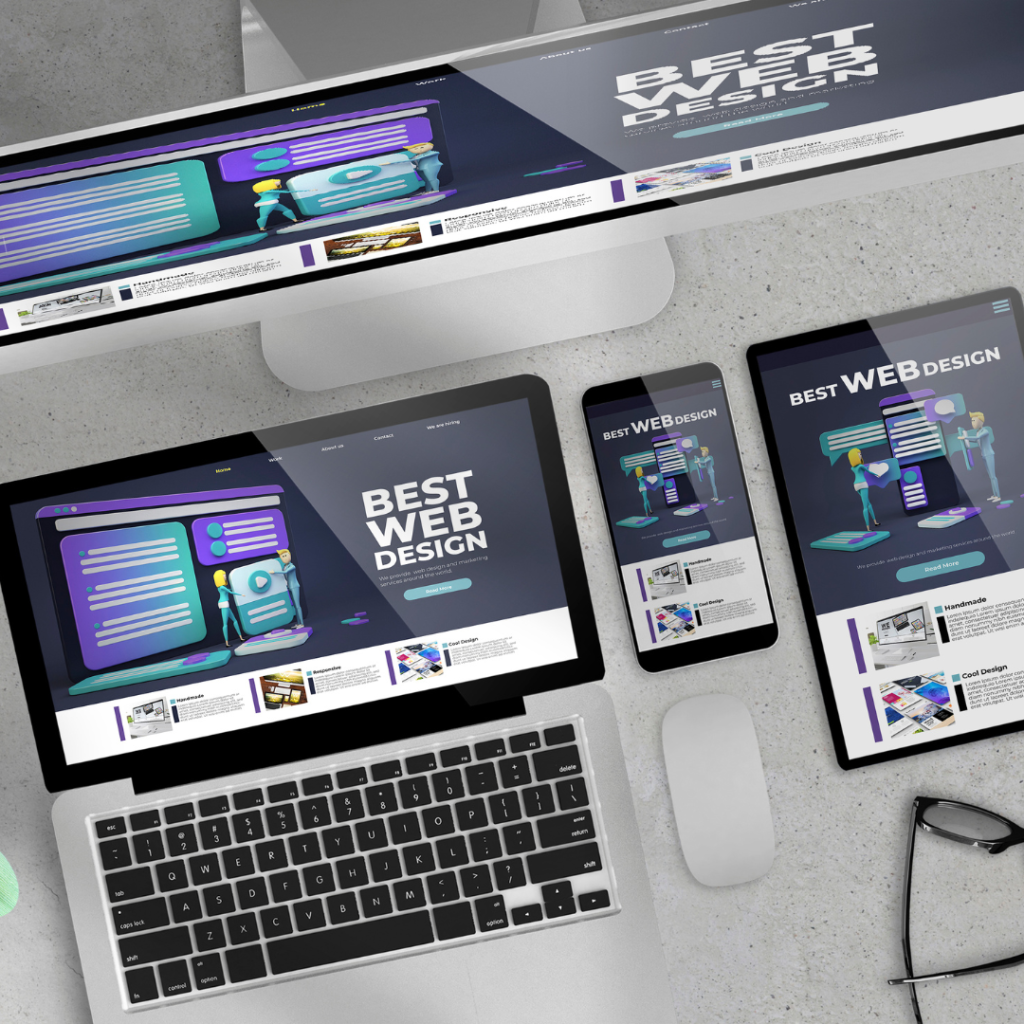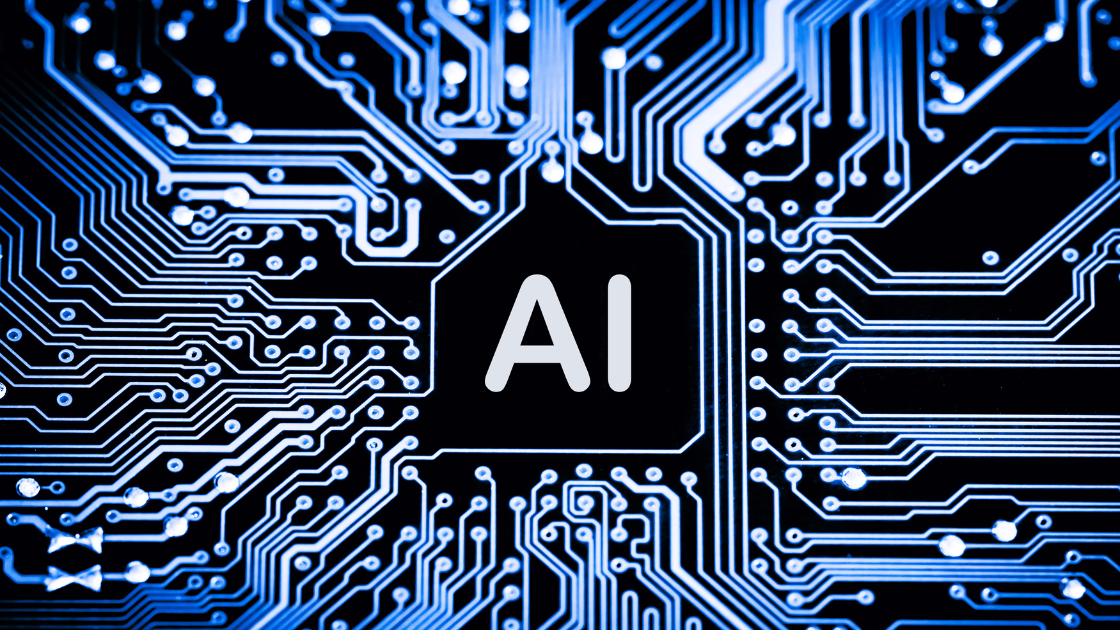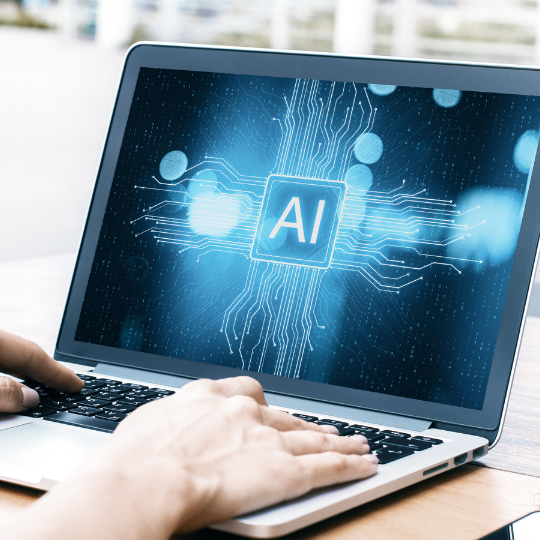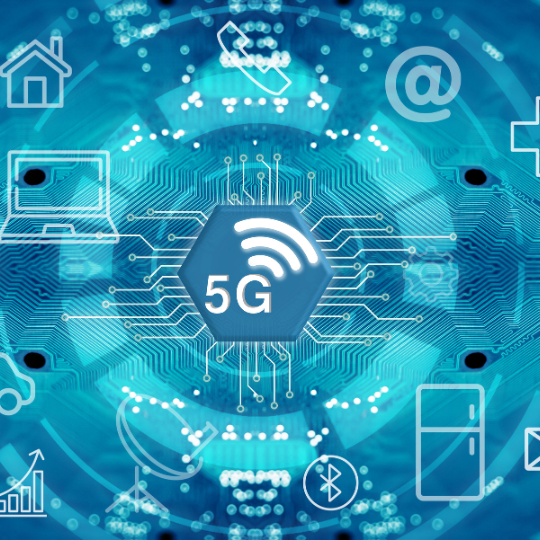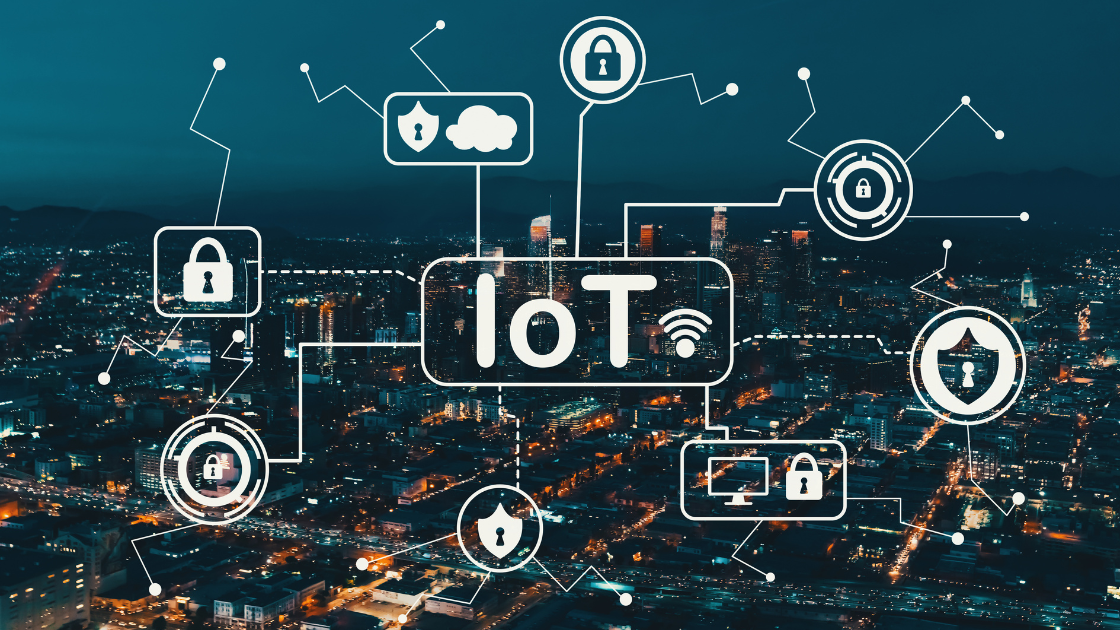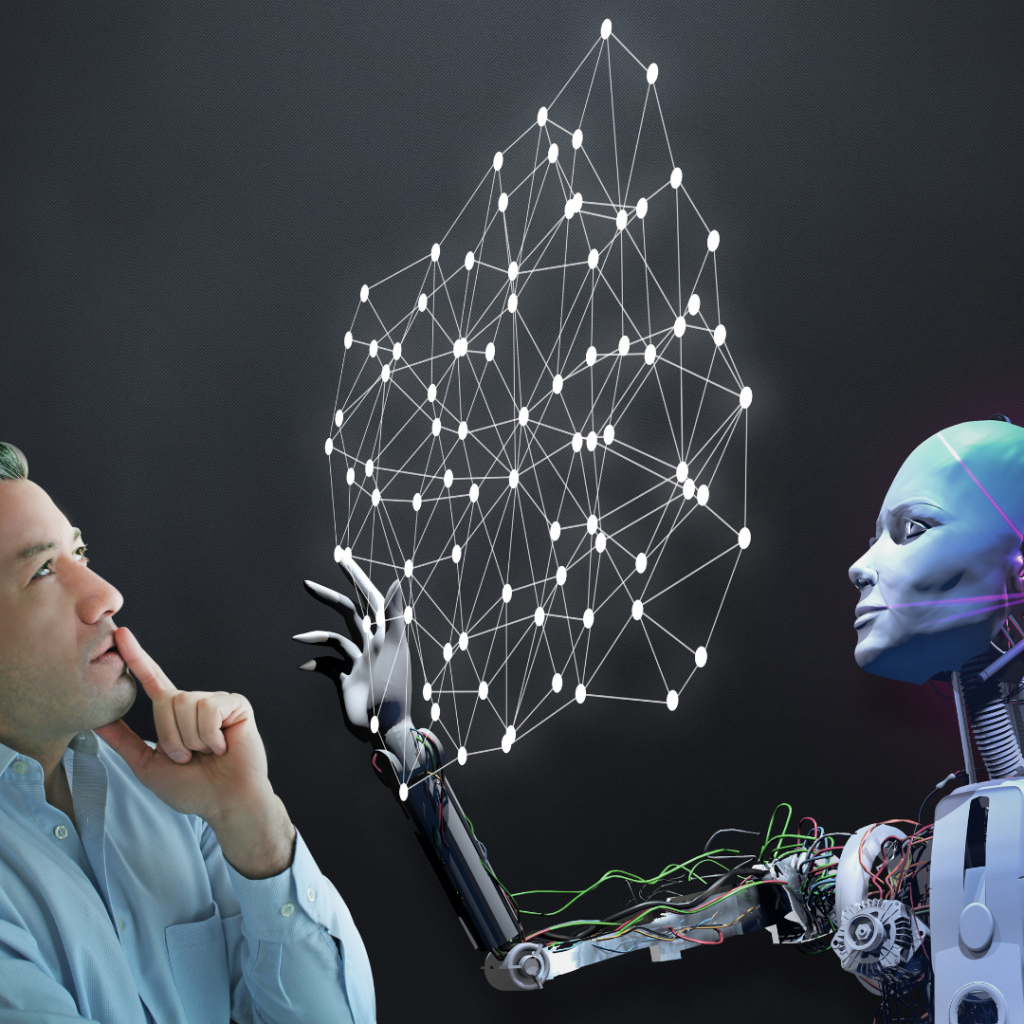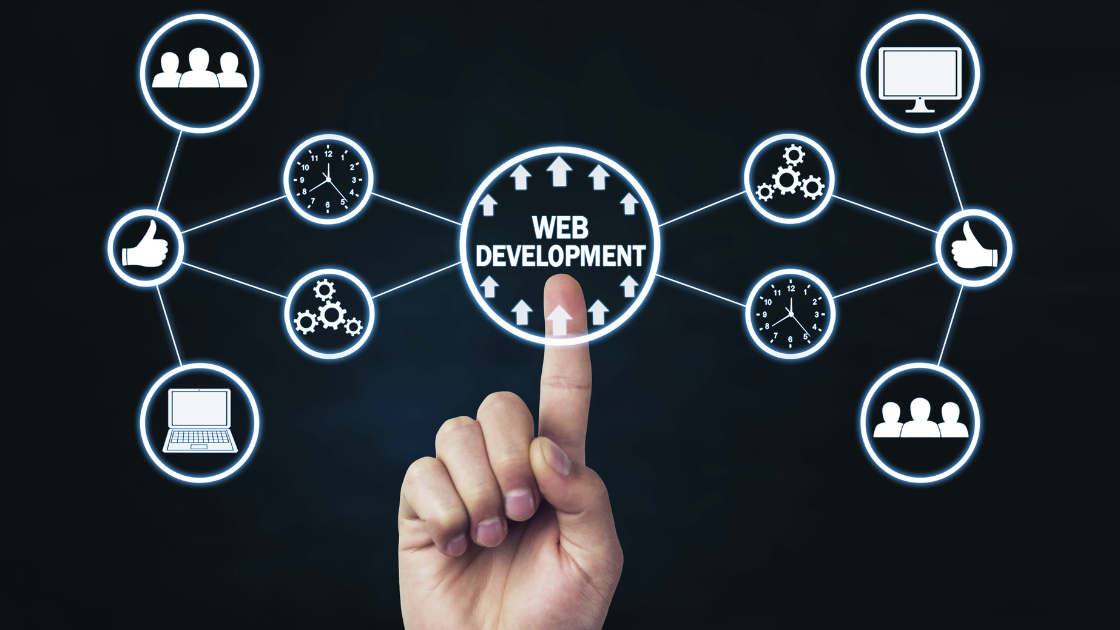Fingerprint and Face-ID authentication technologies have revolutionized the world of security and user experience. It brings simplicity and security without being weighed down by old passwords. However, in building fingerprint and Face-ID interfaces, such sensitive equilibrium has to be struck on usability, security, and inclusiveness to make usable experiences of their best potential use. Let’s start with the basics for designing usable and effective Biometric authentication UX.
The Rise Of Biometric Authentication
Biometrics are emerging to be really popular since they seem to combine convenience with enhanced security. While passwords cannot be replicated due to their uniqueness, biometrics employ unique bodily features; fingerprints or facial features, making it impossible to replicate. The devices such as the smartphone effortlessly integrated these features, hastening access and increasing security.
Benefits Of Biometrics
- Convenience: One has no need to remember complicated passwords or to carry tokens.
- Security: The biometric data is unique for each person; hence, there are few chances of identity theft.
- Time: A simple scan of a fingerprint or face that can be used at a rapid pace to unlock the mobile device and applications.

Important Issues In Biometric Interface Design
Privacy And Security
The privacy of the users should be respected when handling biometric data. When designing, ensure users feel comfortable with how their data is being treated. Transparency gains trust.
- Data Translucency: Explain where the biometric data will go, as a response to where is being stored, and what’s going to happen to it.
- Secure Storage: The biometric data needs to be stored locally on devices, in an encrypted environment. It reduces the opportunities for breaches and unauthorized access.
- User in Control: the user must have an option of opt-in or opt-out of biometric features in order to be in control of the data.
Speed And User Feedback
Biometrics is high on speed. If it cannot deliver instant, frictionless transactions, then design is going to return a slow response. That sort of thing gets people frustrated with.
- Direct Feedback: Provide rapid in-body or on-skin feedback on whether the scan was a success or not.
- Simplified Workflow: Avoid introducing unnecessary steps into authentication, and ensure that interactions are always simple and direct.
- Meaningful Error Handling: Communicate clearly and authoritatively what to do in case of failure, such as how to place their finger or clear out the sensor.
Accessibility And Inclusion
Not every customer may depend on this biometric capability. There are still many with disabilities, and handsets may be older without having the chance to hold biometrics. Design has to be considered in the aspect of inclusivity.
- Alternative Means: Ensure there are alternative means such as PINs or passwords for users that cannot use biometrics.
- Personalization: Avail the window to allow the users to select their preferred authenticating method to enable UX-friendliness for everyone
- Explicit Setup Instructions: The instructions given will be detailed enough to guide the users on how to use features which employ biometrics while configuring their devices.
Designing A Fingerprint Interface
Most of the modern cell phones, and many more devices, rely on fingerprint-based authentication. What is needed are proper design considerations for an efficient and intuitive fingerprint interface.
- Sensor Location: If sensors are placed under the screens or mounted on sides, make sure that you tell the user where he should place his fingers. Visual cues like lit-up icons can help.
- Immediate Feedback: Use vibrations or on-screen animations to let the users know that their scan is successful or a motivation to rescan.
- Error Handling: In case of unsuccessful scans, use prompts which are informative and helpful. These could be “clean the sensor” or “press harder” to improve the user experience
Designing Face-ID Interface
Face-ID is a further touch-less but seamless biometric process but brings its own set of challenges in terms of environmental factors such as lighting or facial occlusions .
- Visual Clues: Apply the use of progress bars or frames around the face to denote the scanning of something thus assuring users that the system is working on their request.
- Error Management: The design should offer an indication of when the lighting is poor or when the face does not quite align, so the user can correct the error to achieve a successful scan.
- Installation: This can be taught as installed once it will command the user to turn their head in all directions while scanning their face while installation so that entry is perfect. Successful installation will prevent more problems further down the road.
Biometrics And Multi-Factor Authentication (MFA)
While biometrics are highly secure, biometrics alone probably aren’t enough for the high-risk scenarios. Instead, a use of a combination of factors increases security through multi-factor authentication (MFA).
- Multi-Factor Authentication: Biometric authentication can be layered with other authentication methods such as PINs or security questions for sensitive account access.
- Education of Users: Educate users and encourage them to turn on MFA by spreading the word about the benefits of this feature and by reassuring them that the process for setting up MFA is simple and intuitive.
Conclusion
Biometric authentication, through fingerprint and Face-ID interfaces, promises an easier UX while providing secure authentication. However, designing such systems requires a delicate trade-off between convenience, privacy, and inclusivity. Hence, while designing Biometric authentication UX, principles of data handling, instant feedback, and alternative, secondary authentication mechanisms shall be the focus in order to make the system usable as well as secure.
This focus on the delivery of seamless experiences to all the users in the most accessible and efficient manner possible is key to focusing on delivering flawless experiences to the users in the most friction-free manner possible.

